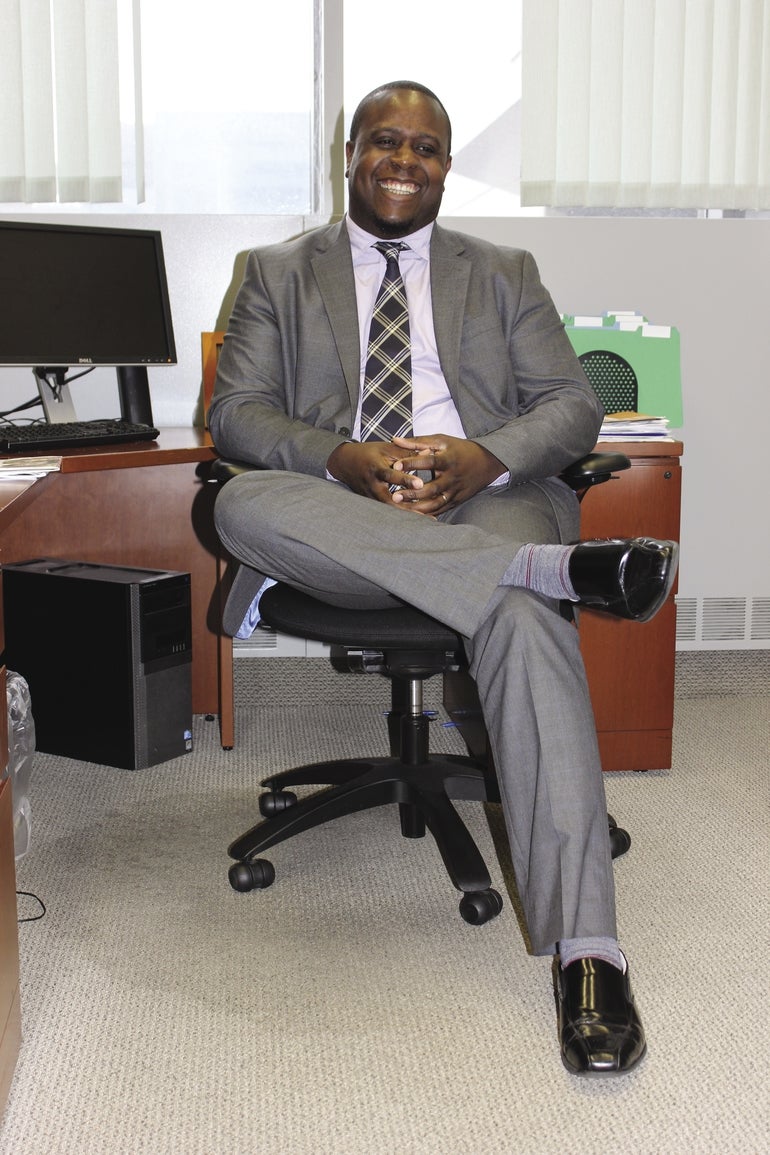A good community relations strategy should seek to understand the needs of one’s community and the strength of one’s organization and find the areas of overlap. The objective is to be seen as a good neighbor that cares about the community in which it does business and is committed to being an active participant in its betterment.
Need: Organizations must have a strong understanding of the needs of their communities. Too often, their philanthropic activities and community relations strategies are undefined and haphazard and as a result ineffective due to a lack of understanding of the needs of their community.
For an organization to truly make a difference it must “apply the medicine where it hurts.” In other words, its programs and activities should respond to a legitimate community need. It should have a keen understanding of what the issues are in its community, what voids need to be filled, where gaps exist, and where an influx of resources could make significant improvements.
The best way to obtain this is for it to come directly from the community. In the area of community health, we at the UMass Medical School (UMMS) typically rely on the community health improvement plan, a list of health priorities that is developed by conducting research on existing health data and consulting with community members. This process ensures that the real needs of the community are being addressed by any project or activity.
Strength: To be successful in any collaboration or program to better the community, organizations must know what they bring to the table. The most effective and impactful use of an organization’s time is applying what they already do well.
As an academic health sciences center and a major employer, UMMS has sought to match resource to need through our public health partnerships and educational and workforce initiatives. For example, UMMS has led the Worcester Pipeline Collaborative, through which we help educate and train students in the north quadrant of the Worcester Public Schools for careers in biotechnology, life sciences and health care. We recently entered into a memorandum of understanding with the city of Worcester to create a formal Academic Health Collaborative. Through this new collaboration, leading medical school faculty members and highly qualified students will work hand-in-hand with the Worcester Division of Public Health to harness their knowledge and skills toward long-term projects designed to achieve the city’s key public health goals.
If done as recommended, one’s programs and activities will truly provide a community benefit. Ultimately, it should also align with one’s business interest.
First, being perceived as an engaged participant in local affairs allows organizations to build goodwill in the community which can be incredibly useful when one needs outside champions to make their case.
Secondly, it could help attract and retain employees. Studies have shown companies that invest in their community-relations strategies have better employee engagement.
Lastly – this is especially true for anchor institutions – your future and that of your community are inextricably tied. The vibrancy of one’s community and the strength of its educational system will determine whether one can attract top talent and their families to an organization and whether there is a workforce ready and able to take on available jobs respectively. Hence a thriving community means a thriving organization.
Kola A. Akindele is senior director for community and government relations at UMass Medical School in Worcester.

